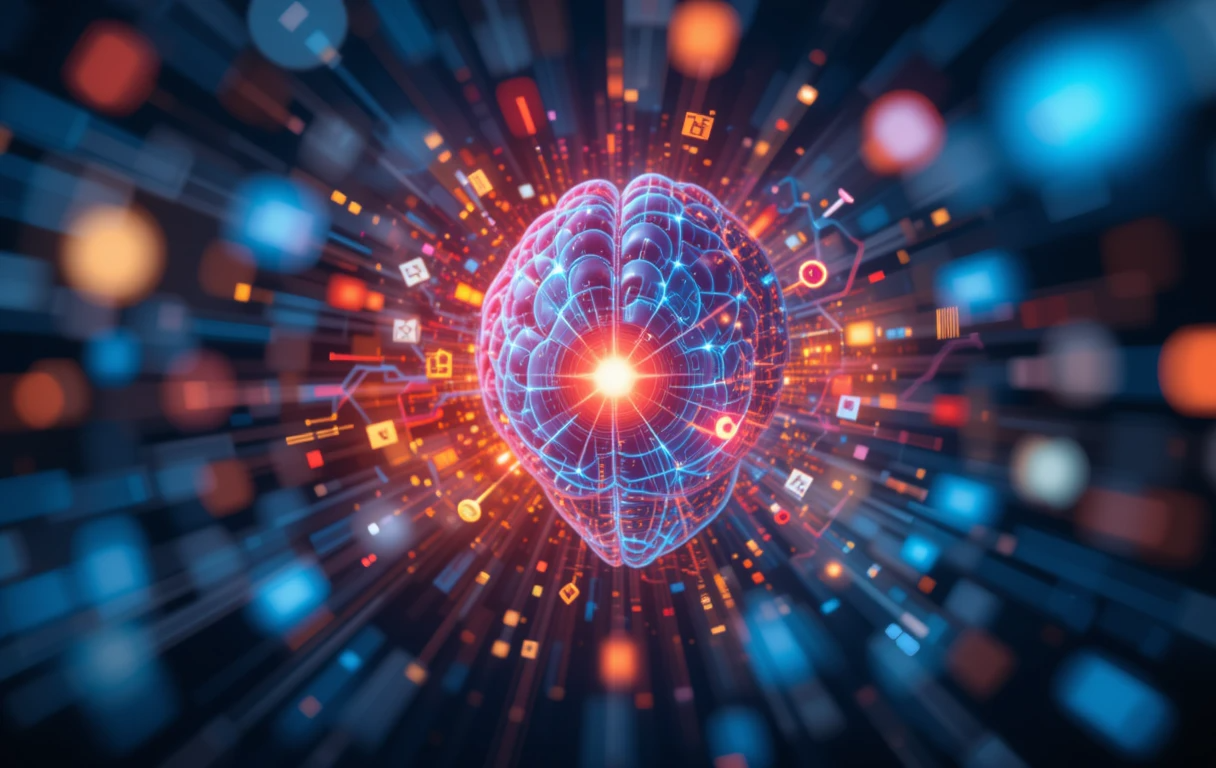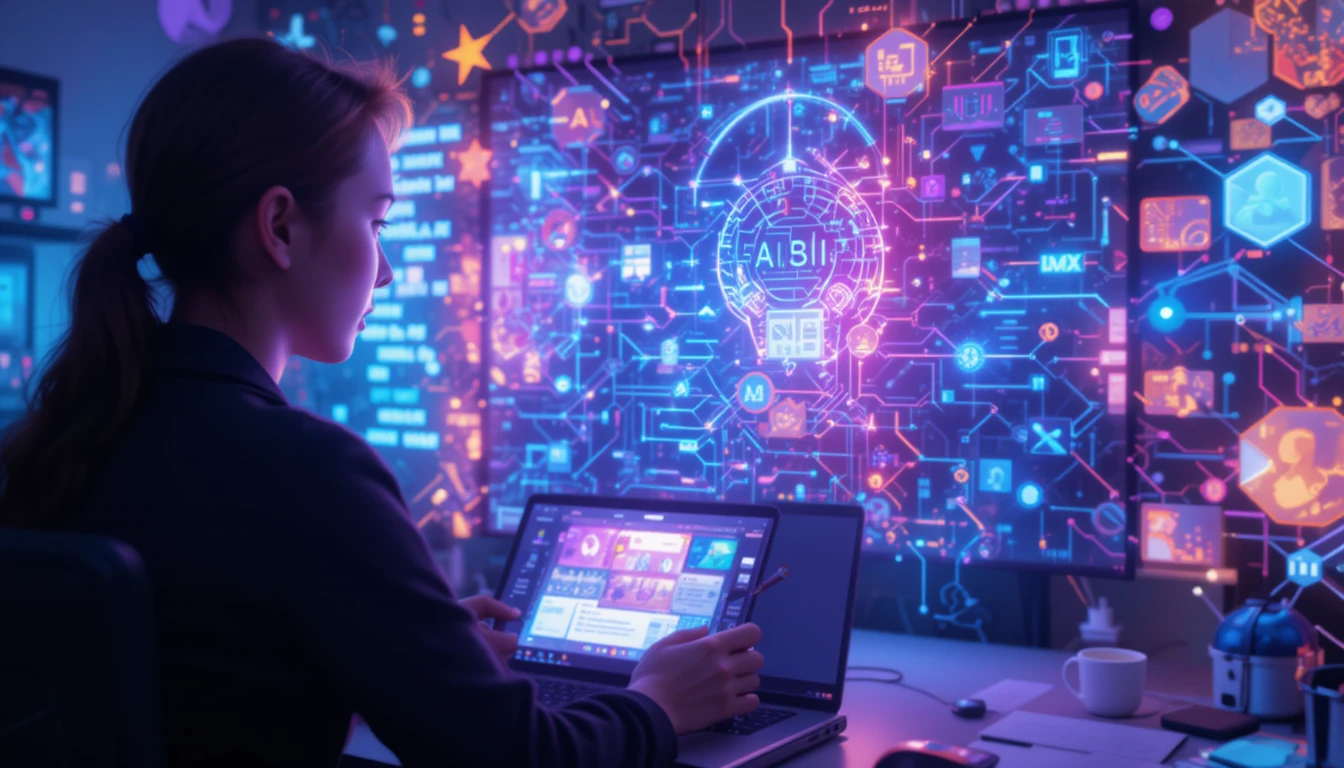Every child deserves a quality education, but for students with disabilities or learning challenges, traditional classrooms often fall short in meeting their unique needs. That’s where Artificial Intelligence (AI) is stepping in as a transformative force in special education, helping to break down barriers and create more inclusive, accessible, and personalized learning environments.
AI is not just a tool for mainstream learners; it holds even greater promise for those who learn differently. From speech recognition for non-verbal students to personalized learning platforms for children with autism or ADHD, AI is revolutionizing special education by enabling tailored instruction, enhancing accessibility, and empowering educators.
This post explores how AI is being used in special education, the benefits it offers, real-life applications, and the ethical and practical considerations involved in using AI with vulnerable student populations.
🎯 Understanding Special Education and Its Challenges
Special education refers to teaching practices and support systems designed to meet the learning needs of students with:
- Physical disabilities
- Cognitive or intellectual impairments
- Speech and language difficulties
- Behavioral or emotional disorders
- Autism spectrum disorders
- ADHD (Attention Deficit Hyperactivity Disorder)
- Sensory impairments (hearing, visual)
Traditionally, these students rely on Individualized Education Programs (IEPs), special educators, therapists, and assistive technologies. However, challenges persist:
- Limited access to specialists
- Difficulty in tailoring content in real-time
- High teacher workload
- Communication barriers
- Inconsistent progress tracking
AI helps to bridge these gaps by offering smart, adaptable, and scalable solutions that support both students and teachers.
🤖 How AI Supports Special Education
Let’s explore how AI directly enhances special education across key areas:
1. Personalized Learning Plans
Every child with special needs requires a unique educational approach. AI systems can analyze a student’s performance, behavior, and preferences to develop customized learning paths.
Example:
A student with dyslexia may be given audio-based learning materials, visual cues, and slowed-down reading exercises. The AI adjusts the difficulty level based on their pace and progress.
Tools:
- DreamBox Learning (adaptive math platform)
- Lexia Core5 (reading intervention)
- Century Tech (AI-powered personalized education)
2. Real-Time Speech and Language Processing
Many students struggle with communication, either due to speech disorders or cognitive challenges. AI-powered speech recognition and natural language processing (NLP) tools help by:
- Converting speech to text for those with verbal challenges
- Translating student responses into understandable formats
- Providing feedback on pronunciation and grammar
Example:
Non-verbal students using devices like Tobii Dynavox can select images or text prompts that AI converts into speech, enabling them to participate in class discussions.
3. Behavioral Monitoring and Emotional Analysis
Students with autism or emotional regulation disorders often experience difficulty managing their behavior in class. AI tools now use facial expression recognition, voice tone analysis, and interaction tracking to detect emotional distress or agitation.
Example:
An AI-integrated camera system in the classroom may alert a teacher when a student shows signs of anxiety or frustration, allowing for timely intervention before a meltdown occurs.
Tools:
- Affectiva (emotion AI)
- BrainCo (neurofeedback headbands for attention tracking)
4. Assistive Technologies for Accessibility
AI-enhanced tools help students with physical or sensory disabilities access content and interact with learning materials.
For visual impairments:
- AI-powered screen readers (e.g., Microsoft Narrator, NVDA)
- Image recognition tools that describe content (Seeing AI)
For hearing impairments:
- Real-time transcription (Google Live Transcribe, Ava)
- AI sign language interpretation (research still evolving)
For motor disabilities:
- Eye-tracking software and AI-powered keyboards (e.g., EyeTech, Grid 3)
5. Predictive Analytics for Early Intervention
AI can identify signs of learning disabilities or emotional disorders before they become more serious. By analyzing patterns in assessments, classroom behavior, and digital learning interactions, AI alerts educators to potential issues.
Example:
A student frequently rewatches instructional videos or fails to answer simple comprehension questions. AI flags this pattern, suggesting a possible learning difficulty.
🧪 Real-World Applications of AI in Special Education
Let’s look at some practical implementations of AI in special education settings.
1. AI-Powered Virtual Assistants
Chatbots and virtual tutors like ChatGPT can be adapted for students with learning needs by simplifying language, providing visual explanations, or offering multiple-choice-based dialogue.
Use case:
A student with ADHD gets distracted easily. A chatbot provides short, structured answers and interactive prompts to help them stay focused.
2. Autism Learning Apps with AI
Apps like Cognoa, ReThink Ed, and Otsimo use AI to:
- Monitor behaviors
- Deliver tailored lessons
- Provide therapists and parents with real-time data
Some apps include gamified learning tools that improve social skills and emotional recognition for children on the autism spectrum.
3. AI and Augmented Reality (AR)
Combining AI with AR creates immersive experiences for special learners. For instance:
- A student with a reading disability uses an AR app that highlights words and reads them aloud.
- AI analyzes the student’s focus time and adjusts reading speed or engagement features.
💡 Benefits of AI in Special Education
The advantages of using AI in special education are numerous and impactful:
✅ Individualized Instruction at Scale
Teachers can’t give every student one-on-one attention all the time, but AI enables scalable personalization.
✅ Increased Engagement
Interactive, gamified, and visual content helps students with learning challenges stay interested and retain more.
✅ Reduced Teacher Burden
AI handles routine tasks like grading, behavior tracking, and lesson adaptation, allowing teachers to focus on meaningful student interaction.
✅ Faster Interventions
AI’s predictive capabilities allow early identification and support, minimizing long-term educational setbacks.
✅ Better Parent Collaboration
AI platforms often provide dashboards and reports for parents, improving communication and involvement in their child’s learning journey.
⚖️ Ethical and Practical Considerations
Using AI with students who have special needs requires heightened responsibility. Some key concerns include:
1. Data Privacy and Consent
Sensitive data about student disabilities and behavior must be handled with strict confidentiality.
- Platforms must comply with FERPA, COPPA, and GDPR.
- Parents must give informed consent.
2. Bias and Fairness
If AI models are trained on biased or non-inclusive data, they may misrepresent or misunderstand special learners.
- Developers must include diverse datasets
- Regular audits are essential
3. Overdependence and Reduced Human Interaction
AI is a tool—not a replacement for therapists, counselors, or teachers.
Balance is key. Students need emotional connection and empathy that machines cannot provide.
4. Cost and Accessibility
High-end AI tools can be expensive. Schools with limited budgets may struggle to implement them, potentially widening the equity gap.
- Partnerships with nonprofits or governments can help bridge the resource gap.
🛠️ Best Practices for Using AI in Special Education
To ensure ethical and effective implementation:
🟢 Involve Specialists
Speech therapists, occupational therapists, and special educators should help evaluate and integrate AI tools.
🟢 Train Teachers and Parents
All stakeholders should know how to use AI tools effectively and responsibly.
🟢 Customize Settings
AI systems must be adjustable to suit individual needs, whether it’s reading level, sensory preferences, or pace of learning.
🟢 Monitor Continuously
Teachers should not “set and forget” AI tools. Regular review and human feedback loops are essential to success.
🔮 The Future: AI for Inclusive Learning
Looking ahead, AI in special education is poised to become even more sophisticated. Innovations may include:
- Emotionally responsive avatars that coach children through anxiety
- Brain-computer interfaces that help students communicate directly through thought
- Fully AI-generated IEPs that adapt in real time
- AI co-pilots for teachers trained specifically on special education best practices
With careful design and thoughtful integration, AI will help make inclusive, high-quality education a reality for every learner—regardless of their abilities.
✍️ Final Thoughts
AI holds tremendous promise in special education. It can personalize learning, support communication, monitor behavior, and assist teachers in ways never before possible. However, technology is only part of the solution. The human touch remains irreplaceable—AI works best when guided by educators, caregivers, and specialists who understand the whole child.
By putting the right tools in the right hands and centering the needs of learners, we can create a future where every student, regardless of ability, can thrive.

